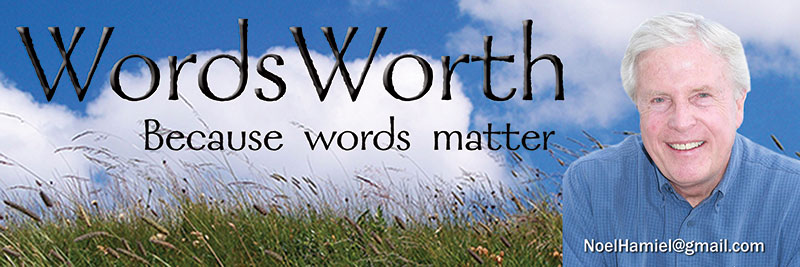Old Man Winter: “A personification of winter. The name is a colloquialism for the winter season derived from ancient Greek mythology and Old World pagan beliefs evolving into modern characters in both literature and popular culture.” — Wikipedia
Now that the snow has melted – temporarily – I can see that Old Man Winter truly enjoyed himself.
Last fall I spent hours digging out clumps of tall fescue from my lawn. It was labor intensive. Spading those deep-rooted, fast spreading, crabgrass-like growths of tenacious tentacles was a job I hoped never to repeat.
The grass seed and topsoil mix that I put down in September took off like spring dandelions. Thanks to regular watering and a straw strewn covering providing protection from sun and wind, those grass seeds happily geminated, turning into lush lawn-of-the month quality grass by early October.
I stood back and looked on with pride, thinking to myself how all the hard work had paid off.
That, of course, was before this past winter. It is past, isn’t it?
This spring painted a different picture.
My lawn resembled a map of Eastern Europe, the various countries represented by irregular outlines of brown, dead grass.
Winter kill isn’t anything new to homeowners, farmers, golf course greenskeepers or professional lawn service companies.
One definition for “winter kill” for lawns is the following:
“Winter kill refers to lawn damage that prevents grass from becoming green again in the spring. This damage is usually caused by a combination of several factors including winds, ice, snow, crown hydration, desiccation, snow mold and compacted soil.”
In other words, Old Man Winter, with some help from Jack Frost.
If my problem seems minor say, compared to wheat farmers, I’ll quickly agree, though SDSU Extension tells me that winter wheat has fared fairly well.
Winter kill has been about average, says Chris Graham, but because of the cold, wet weather, it’s been harder to get an accurate assessment. As the weather warms, the picture will become clearer.
Winter kill also affects alfalfa, especially if it was grazed later in the year or if an extra cutting was attempted, which weakens the crop and makes it more susceptible to not only winter kill, but disease.
Grapes are another crop that can be harmed – and one I don’t normally think about. The expanding vineyard industry in our state has pushed harsh winter concerns to the forefront and even though many varieties are developed in Minnesota, which matches or exceeds South Dakota for weather extremes, grape growers can still find winters challenging.
On reflection, my lawn problems are small potatoes – which aren’t affected by harsh winters.
May 15, 2019
